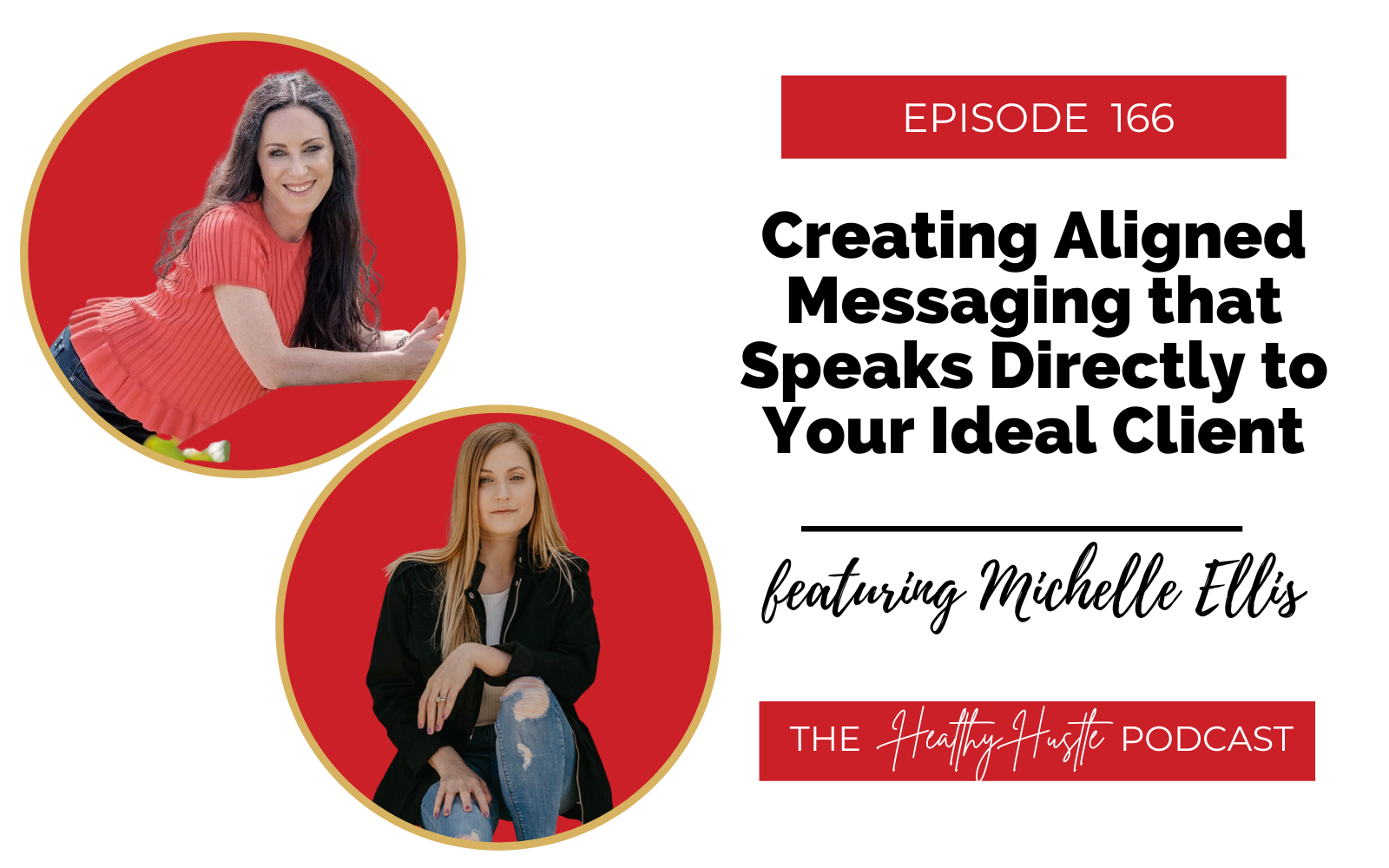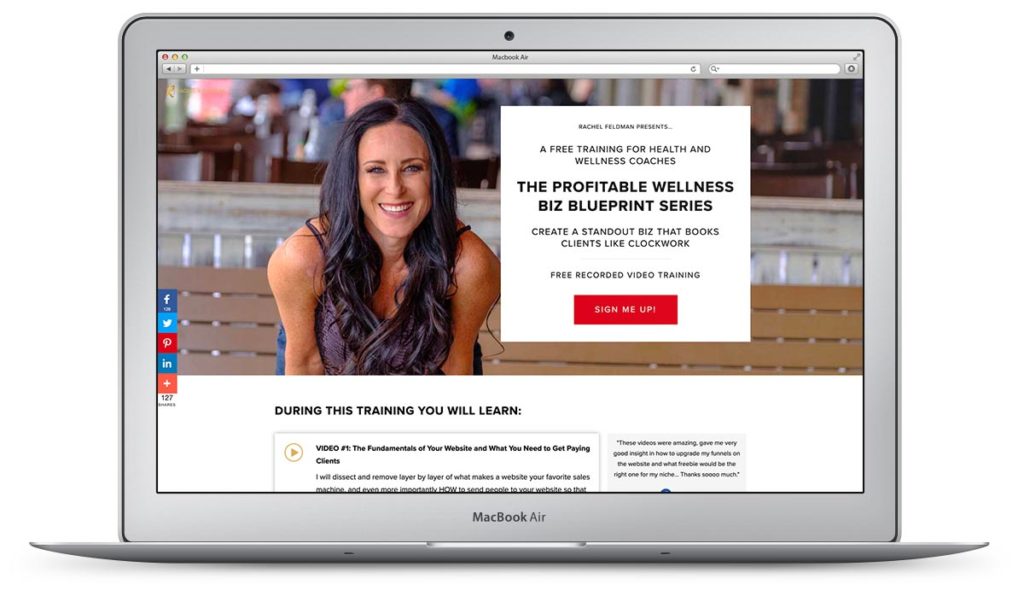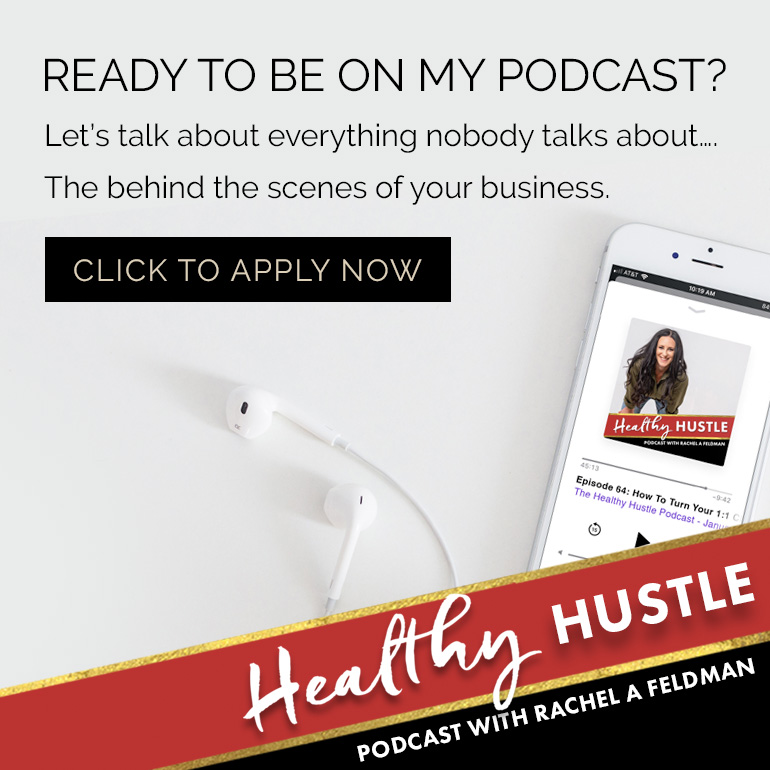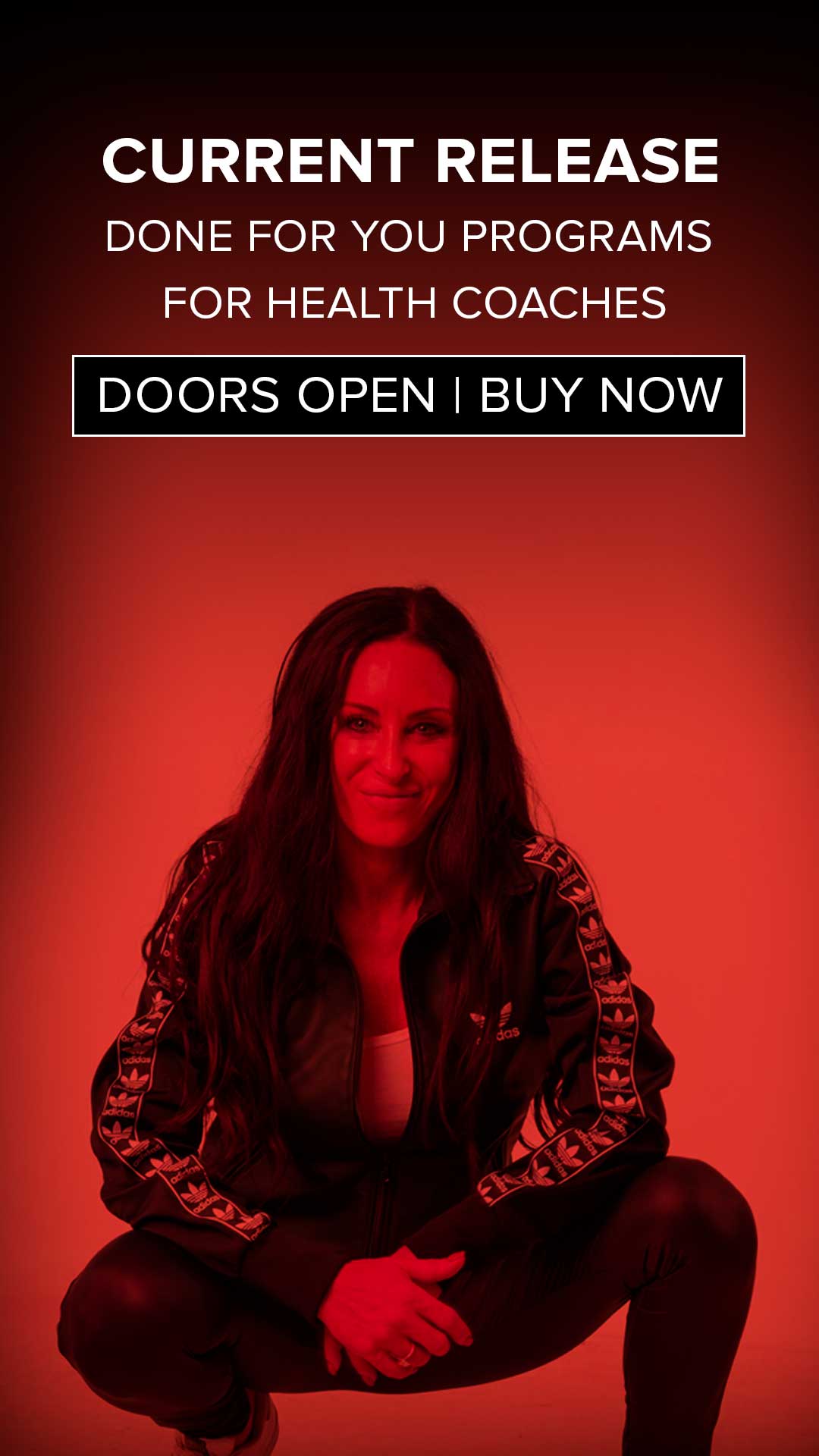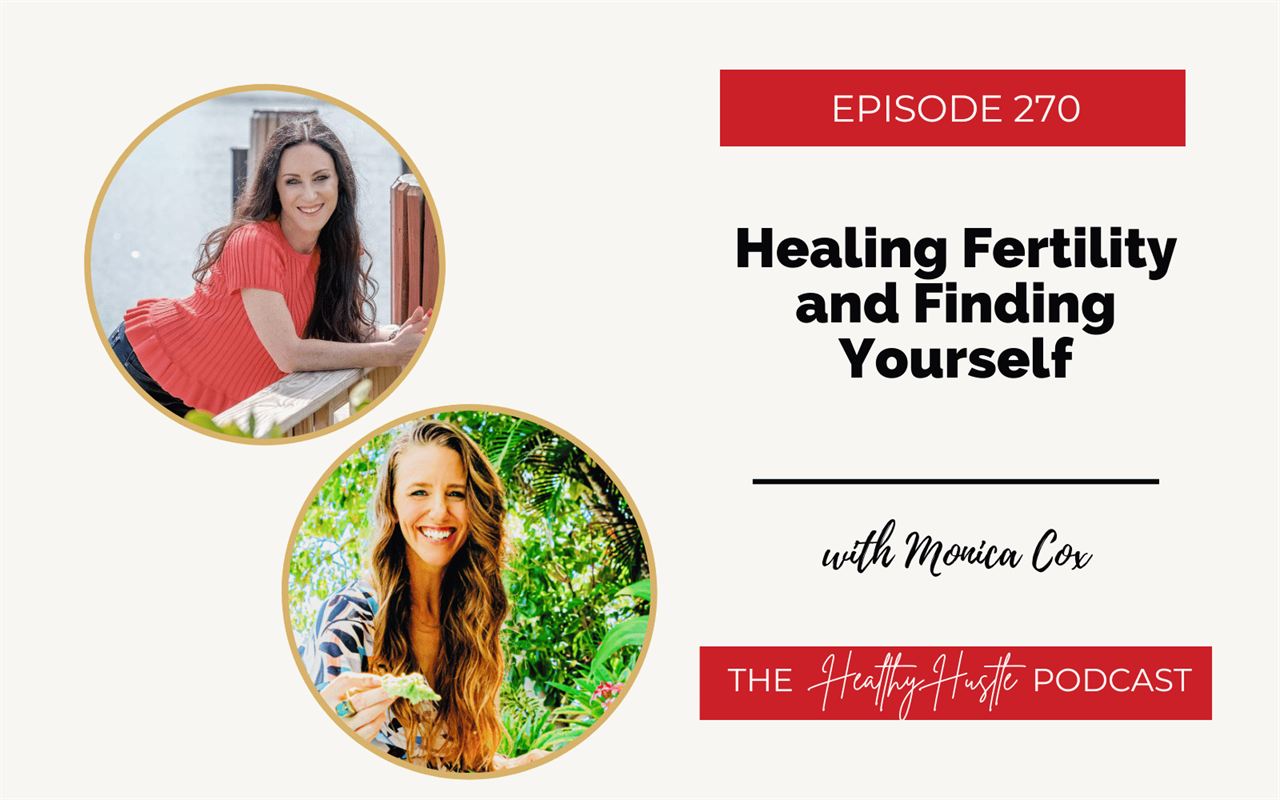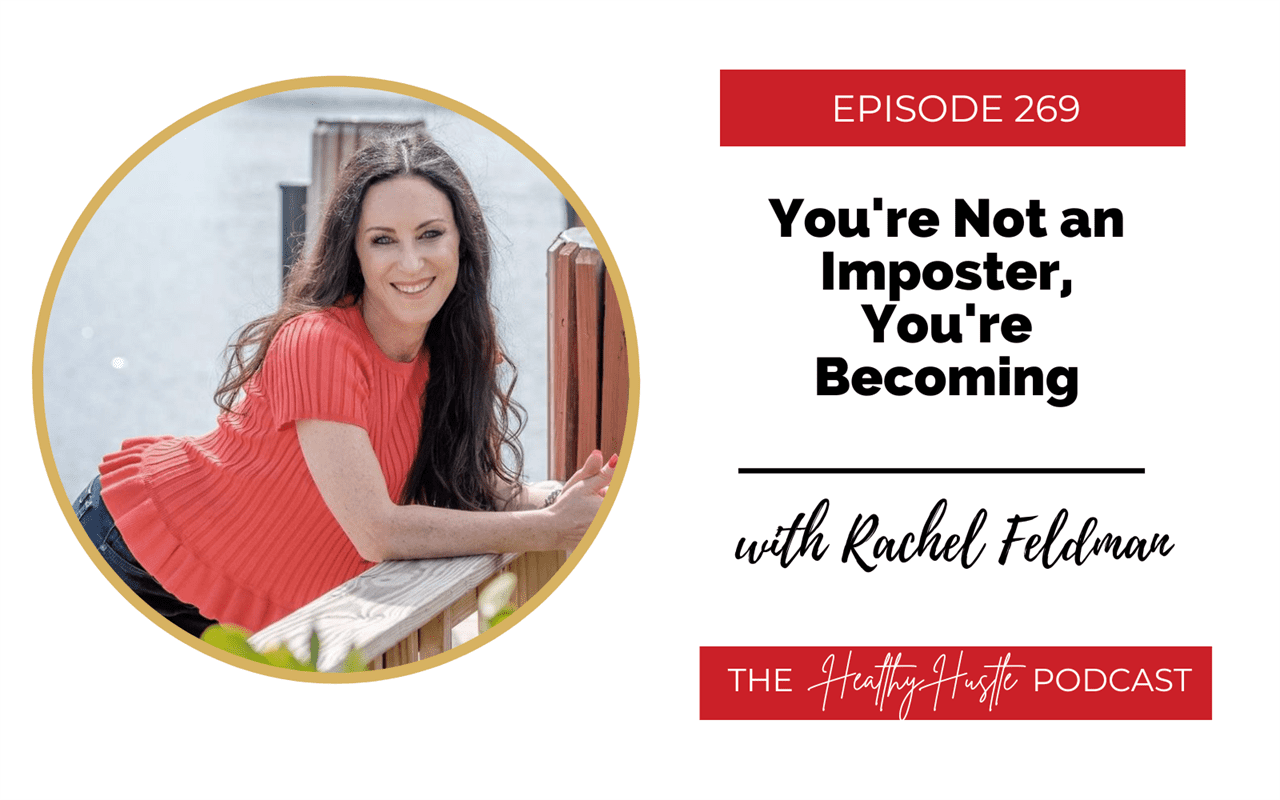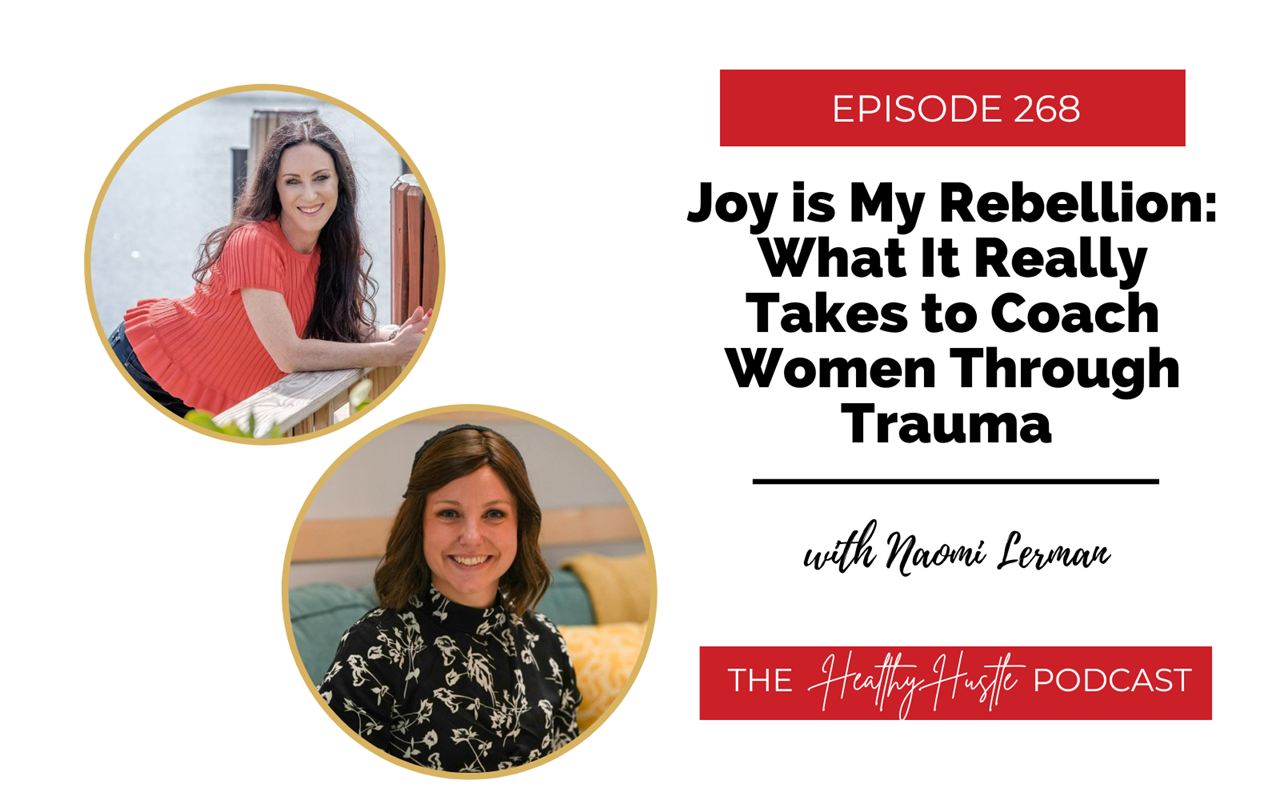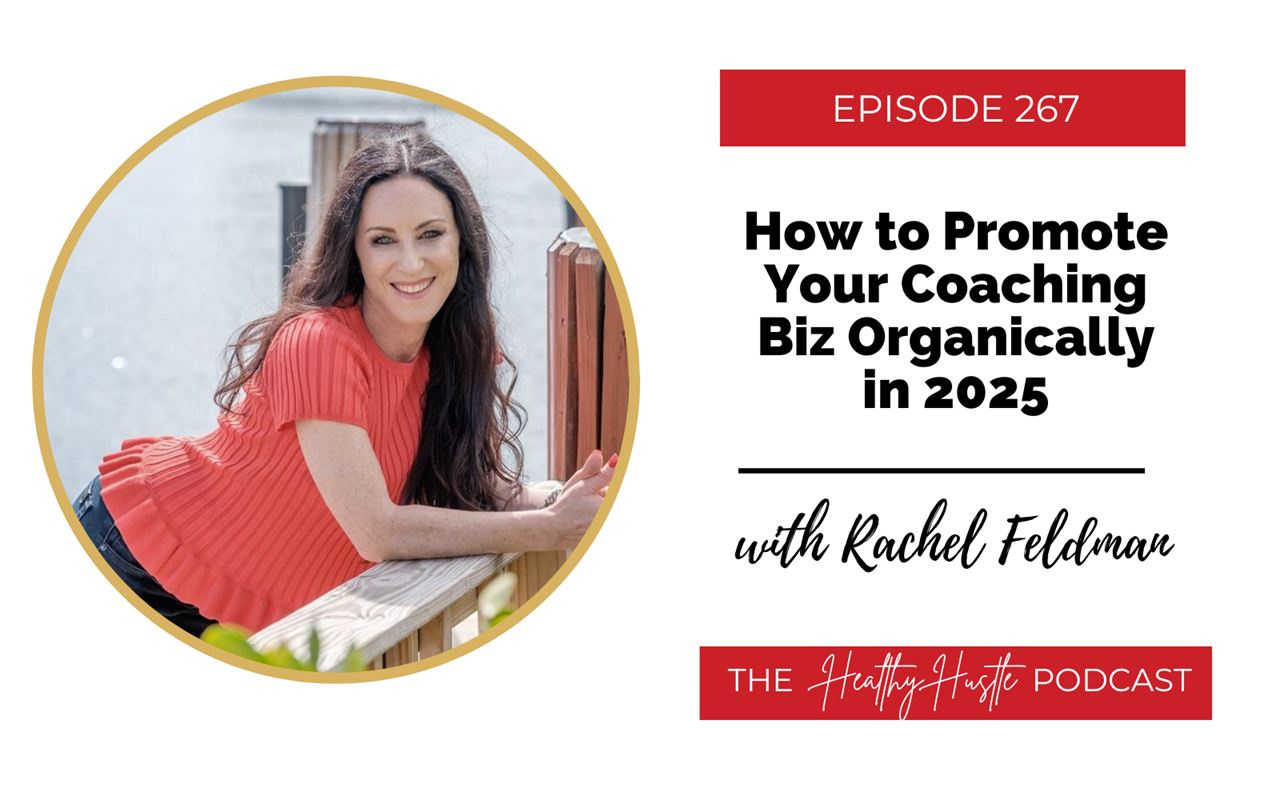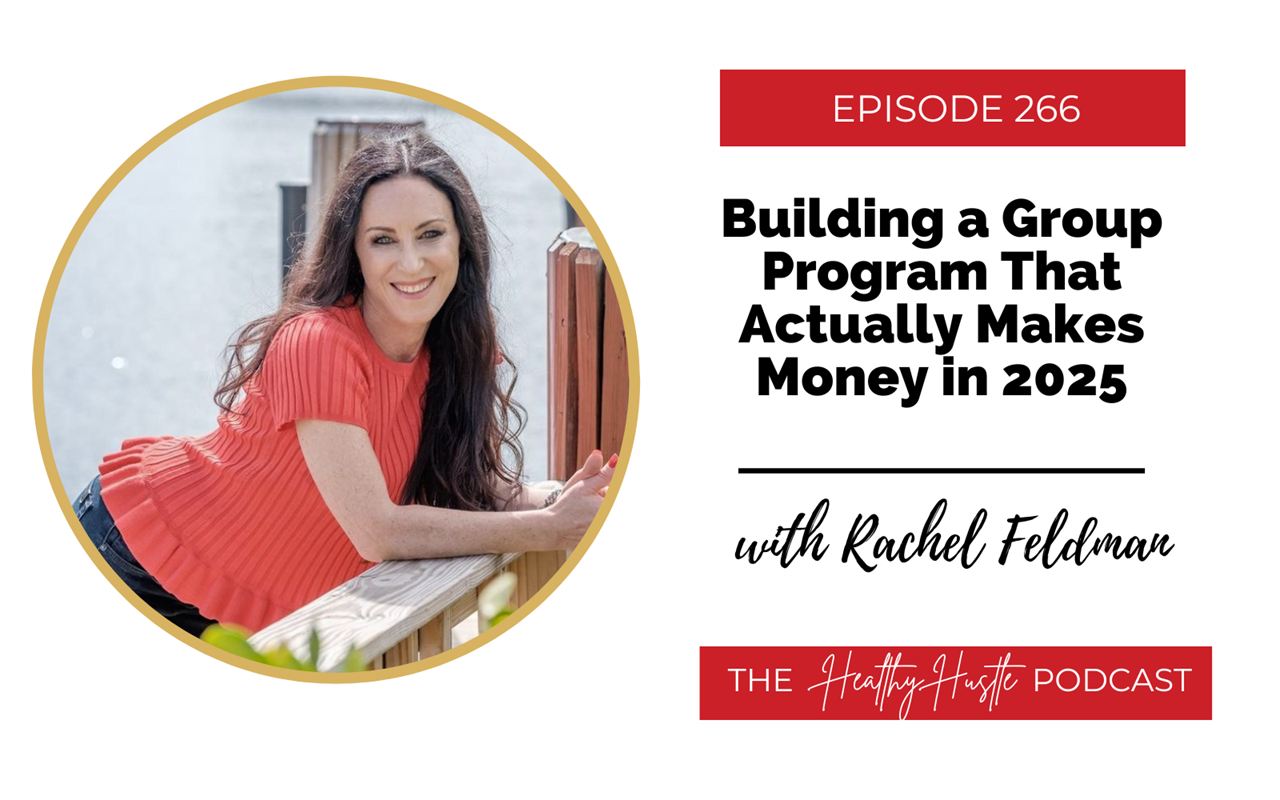If you’re not gaining traction in your health and wellness business or you’re not attracting your ideal clients – do you think it might be your messaging? When your messaging is on point, building and scaling a successful business that’s brimming with ideal clients who want your help becomes so much more natural and easy!
Sounds terrific, right?
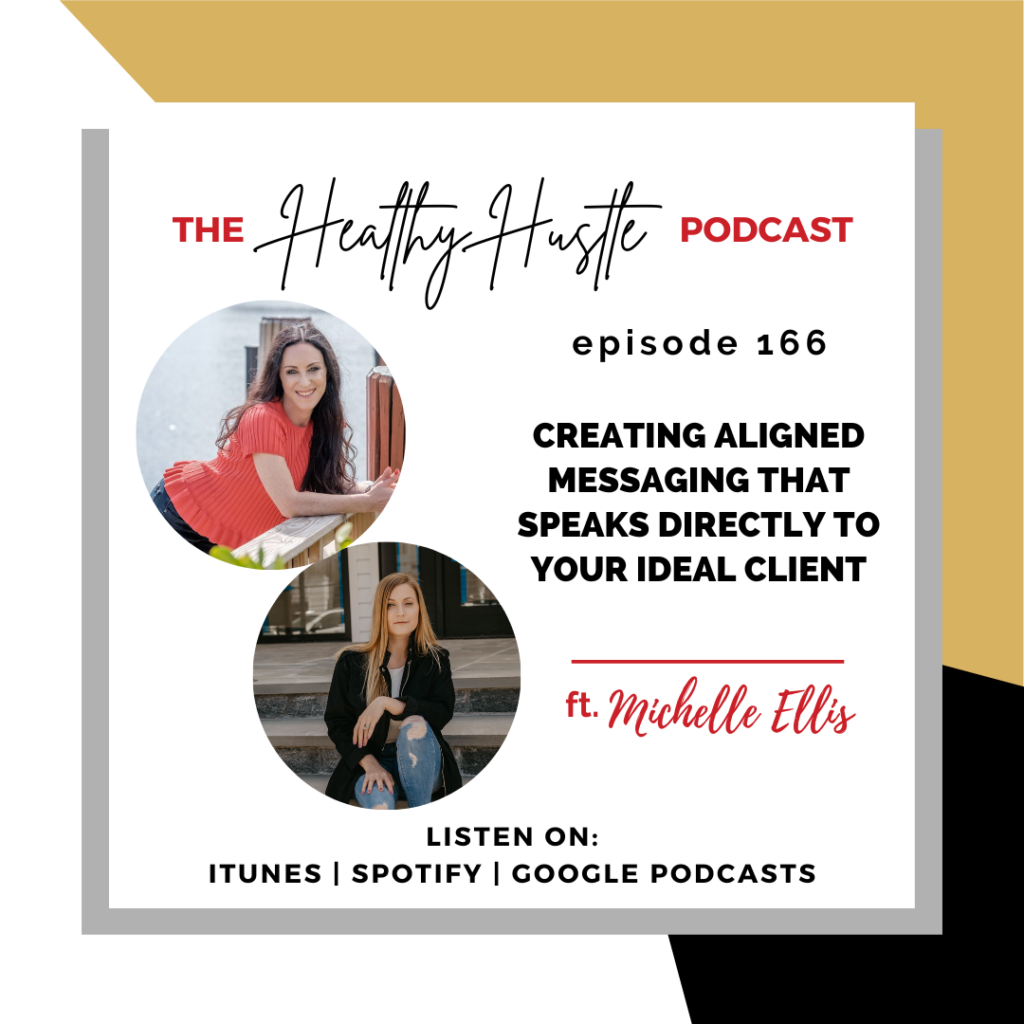
In today’s episode, Michelle Ellis and I are talking all about messaging. Michelle is sharing all her expert copywriting knowledge on all the juicy messaging topics, including how to nail down who you’re speaking to, why market research is so important, the magic that happens when you share your story, and why your message is key for attracting your true, ideal client.
You don’t want to miss this episode because, honestly, messaging is one of the biggest hurdles that health and wellness coaches deal with in their business (myself included!).
Connect with Michelle:
Michelle’s website: https://michelleellisco.showit.site/#/
Michelle’s Instagram: https://www.instagram.com/theorganiccopywriter/
Rachel: Hey guys, today we are talking about health coach messaging. This is one of the biggest hurdles that I think coaches deal with. And if you’re in a situation where you’re not making money, you’re not attracting your true ideal client, this is for you.
Michelle is joining me to talk about messaging. She is an amazing copywriter for health and wellness coaches and she was a health and wellness coach, so she really understands what it’s like to be in your shoes. Michelle, let’s break down messaging. Why is messaging essential for your health and wellness business?
Why Messaging Is Essential For Health & Wellness Businesses
Michelle: Messaging is so important for your health and wellness business because you want to reach the right type of ideal client, and you want to attract them organically, especially if you’re just starting your business.
You don’t have a ton of money to toss around with Facebook ads. So it’s really great to really get that concept of, okay, I’m attracting people organically on my social media, they’re connecting with me, they’re scheduling a wellness consultation, health discovery call, and they’re reaching out. Maybe they’re opting in to your freebie. All of that is so important.
In order for that to happen. You have to know who you’re talking to and all about them. But there’s so many things that go into it. You might even find that you have more than one type of person that you’re speaking to. So you might have to have some variation in your messaging and individual posts that go out or cycle them through or do something that.
But you should definitely know, the biggest things are: What’s that big problem that they have? What are symptoms that come from that problem? And really think about them. How old are they? Where do they live? Paint the full picture of what they do on a daily basis. That’s your ideal client avatar.
Rachel: If you’re looking to Google something, go to digital marketer, it’s Ryan Deiss. And Google ideal client avatar, there’s a great download that will take you through that process. You want to know age, demographics, dislikes, TV shows and movies they watch. Really play out the scenario of each of these ideal clients.
But before we dive into ideal client avatars and messaging, let’s talk about nailing your hook. Because I see clients left and right, who are saying, I specialize in gut and I just want to work with people to get them healthier. But it’s not going to work if you just say I want to work with everyone or I just want them to feel better. We want to get really specific.
So can you walk me through an example of a hormone specialist who deals with blood sugar, weight loss, and hormone balancing.
How To Nail Down Who You’re Speaking To
Michelle: Yeah the first thing, let’s say, you’re a hormone coach, and you’re saying something similar, I help women get their hormones in check, and lose weight and do things in the process, but get healthier. If that phrase comes out at all, the next question that I always ask is, well, what is healthy defined by that particular person that you’re speaking to? Because health is so different for everyone.
It’s really, really personal and based on that person’s goals and their problems and what they’re dealing with and what keeps them up at night and what’s their daily struggle.What’s their big goal?
So the hook really needs to be the biggest problem that you help solve for that person that dramatically changes their health or dramatically changes their life. But be so specific with it. Is it balancing hormones? Well, what does that mean? Are you talking to somebody who’s going through menopause or perimenopause? Menopause really messes up the cycle.
The more specific that you can really get with that, that’s going to help you attract the right people into whatever you’re putting out there like your freebie or workshop. So it’s really important to have the hook relate to that big problem that you solve for the person that you ideally would dream about working with.
Understanding The Signs, Symptoms, & What Your Client Is Trying To Achieve
Another step is to really know, signs, symptoms, and also what they want to achieve. So it’s really know those symptoms because that’s how people identify, and really know what they want to achieve. What is that big problem that you’re solving that they so desire on a physical, spiritual and mental aspect as well?
It’s really important to know those symptoms and what they’re dealing with, because a lot of times, it can be very easy to just fall into general language like, “I help women get their hormones healthy.” That’s good ground to start with. But then what’s next? And how deep can you go with that?
Get so specific and talk about things that might be uncomfortable to say out loud, but really connect with your ideal client? Is she having night sweats? Is her libido low? Did she gain weight during perimenopause? You have to get really specific.
When I think of copywriting and sales, if it was a sales page, these are your individual bullet points that have to be on your messaging everywhere, so that you can connect with them. You might have more than one type of person you want to work with.
So let’s say, you specialize in three things. Maybe it’s hormones, gut, and weight loss. Really sit down and think about, is this the same person that I’m talking to every time? Are these things connected? Or do I have different audiences for each of these? Which is fine, too. So it’s just really important to know that as you present your offer.
Rachel: Well, you just brought up a great point, because when we sit there and think of different audiences, we also have to think of that ideal client. So let’s say it’s a woman who’s dealing with weight gain during perimenopause. You might have a person who’s a stay at home mom, you might have a person who’s working in an office, and you might have a person who is a high powered CEO. But remembering that in your messaging, it’s okay to narrow it down and leave out your other ideal client.
So if you’re messaging and really talking to that CEO that has high stress, really go in and talk about high stress, maybe emotional eating, stress eating, or the weight that’s caused by perimenopause. Really speak to her in those pain points that she’s struggling with so she actually identifies with you and says, I’m going to opt into this freebie today, or I’m going to watch this masterclass where I’m going to sign up for this discovery session.
And I always look at it as someone who also loves health. If I’m going to hire a natural health person, whether it’s a doctor or someone else, I really look for specifics. What can they really help me with? When I’ve had breast challenges in the past, before I looked for natural, holistic experts that specialized in breast health. I wanted to know, is this someone I can hire who knows their stuff, and can really help me with this specific problem?
It’s the same thing when you go to your general MD. They refer you out to someone who can really help you go deeper in that specific problem. So it’s the same thing. So how specific can you get in your messaging as a health coach to those people who are really looking for that expert who can really help them solve those problems?
Rachel: Well, when we’re talking about messaging as well, we’re not just even talking about social media, we’re talking about messaging on your website. Can we talk a little about that? Because you brought up something that I would love to talk about, which is key words.
How To Weave Keywords & SEO Best Practices Into Your Messaging
Before we jump into websites, how do you find your key words? I always say, do your market research, get 5-20 people on a phone call, interview them, take that time out to hear the words that they are saying. Take the exact words and write them down on a word bank. What would you suggest in addition to that?
Michelle: From an SEO standpoint, don’t be too creative. Use words that are so common that people are typing them in Google. So if you specialize in gut health, you should have keywords on your website that are digestion. Do they have a specific issue? Is it IBS? Irritable bowel syndrome? Gas? Bloating? Probiotics.
If you talk about that often, and you think your ideal client might be searching for those words that they are using every single day, use them. Make sure they are problem specific because that’s really important, because that’s what’s going to pop up in Google when they go search and you can even do that yourself. Go to Google and start typing it in, how to heal my gut. Notice all the things that pop up and look. Notice those common keywords and put those in on the back end of your SEO on your website.
Rachel: Such an important topic. Because so often we use health coach words that our ideal client wouldn’t use. Let’s talk about messaging on our website. So somebody comes to your website, and I forget what exactly is the amount of time you have to capture their attention?
How To Nail Your Message On Your Website
Michelle: You’re lucky if you have three seconds. It’s so fast, because we’re a population that is just busy. So aesthetically, you want it to also be visually appealing, you want it to be attractive, you want it to be easy to read and then have pictures and things like that.
With these words, you want to think about the ‘above the fold’. The header needs to be so specific. And if that’s all they read on the website page, is that enough to keep them scrolling? Is it something they get over, whatever the problem is? Is it enough for them to take action on? “Click here and download my free guide.” It just has to be specific, it can be a question. “Are you struggling with your diet?”
Rachel: Your list builder should definitely be up on the top as well. So it should really be that big hook. The headline is that question in very, very bold, like Melissa Ramos.
Michelle: What I’ve loved about her messaging is that I remember her talking about super uncomfortable topics. She talks about UTIs, she talks about bacterial vaginosis.
For me, that is some clear, specific messaging. Most people get afraid to go that deep. So that’s when you fall back to that general messaging and general language, but do you say the things that they’re really struggling with? Because that’s what’s gonna make them opt in and click and hire eventually. So it’s important to be really specific.
If you’re focusing on a woman with Hormonal Health. Is it really balancing hormones naturally? Or is it really down and dirty to the women’s hormone health issues? Is it about her sex drive? If she could fix that, would it save her marriage? Really thinking about exactly what it is that that person is struggling with?
Why Market Research Is So Important For Messaging
Rachel: That really comes down to that market research. In the beginning, say you’re coming right out of school, and maybe you haven’t done that market research. But for me, I asked friends, people who I felt had similar issues, similar health problems to that of my ideal client, I asked family members, I asked as many people as I could to get clear on what was the biggest thing for their gut issue?
For me, people came to me for food allergies and food sensitivities that was something that in their gut, somebody could deal with like Belly Bloat. But I found that food allergies and food sensitivities and weight loss were my big A’s and I never thought that I would ever be a weight loss coach with gut. But I found that so many people had bad bacteria that was leading to weight gain. At least that’s how I viewed it. And that’s what also set me apart from other people. I do gut differently. I do weight loss differently. Come and work with me and get down to your weight loss issues because you’re on a diet and nothing’s even working.
Michelle: That’s so important. I remember health coaching and I was scared to. It’s easier to write for someone else, right? Even writing for myself, I remember going and doing that inner work to be able to be confident in my own messaging. It took really being comfortable looking at my problems.
So for me, my ideal client was myself in the past, and that might be very similar for a lot of health coaches, that’s why we usually get into the field, right? We want to help the people how we helped ourselves. So it took a lot of feeling comfortable and being able to just push the limit a little bit. Am I talking about bloating? Am I talking about how messed up my stomach was or how I leave a party if I felt sick? Things I never wanted to share with anyone who knew me personally.
No, it was really necessary for me to be able to have people reach out and say, Hey, I’m so glad you did that post. I connected with that, can we have a talk? That’s how you attract people. It’s really just an honest vulnerability. So when you’re doing the market research also do the inner work.
The Magic That Happens When You Share Your Story
Rachel: If you’re a different topic, because I’ve seen coaches who say, I’m scared to share my story. It doesn’t mean that we share everything. We share the things that we know our ideal client is going to say that is me. I remember sending an email out to my newsletter list when I had Rachel’s Wellness, when I was coaching about gaining weight when my probiotic wasn’t working.
I talked about this realization that I had for myself that I needed to rotate my probiotics so my body didn’t get used to it. All of a sudden, I got five clients from that email. People were like, Oh, my God, this is happening to me, I’m gaining weight, these pounds are so hard to get rid of. What’s going on? Let me try this.
All of a sudden, people were like, I need to work with you. Look at all these tips that you have. And just sharing that personal story with somebody. I also shared how it made me feel because people were identifying with my story as somebody who was recovering from food addiction, stress eating and not having a very good relationship with food. I struggled with food for years and it just helped me bring my client closer to my own life.
Michelle: Yeah. It provides a nice, comfortable platform for them to share in return. No one feels comfortable walking into a room and sharing something super personal. But if someone shares it first, then it feels like others can share, it’s a natural reaction. So it’s nice to be able to get those emails back or someone hitting the contact on your website, or having someone DM you because they’ve read your story.
It’s also just nice to be honest in your messaging, too. So if you’re struggling with that, just draft it a bunch of times. You don’t even have to put it out there yet. But draft it. Sit with it. Get comfortable with it yourself. Would this be the information my ideal client needs to hear from me in order to hire?
Rachel: Yes. I did with every post, whether it was posted on my personal page where I was laying the foundation for my brand, or posted on Rachel’s wellness, my business page, or on my Facebook groups. I always tried to really share with my ideal client, the very struggles that I had with asthma, the struggles that I had with food allergies.
Also even when I would have a flare, that was an important thing. If I had a flare, I used to get Angela Diem on my eyes. So my eyes would blow up after a food reaction. I remember posting that picture and being like, if you’re in a flare, this is what I do, and helping my ideal client to understand what was normal, autoimmune reaction and what was a flare. That landed with clients too. Be vulnerable in those situations where we would be so scared to share something because it also helps our ideal client to identify with us and humanize our work.
Doing The Inner Work So You Can Share Your Message With Confidence
Michelle: Your message isn’t going to be for everyone and the people that it’s not for, that’s okay. I’ve heard from health coaches who were like, Well, I want to share this, but back before they did custom audiences on Facebook and everything, you can’t even do that on Instagram. They’re afraid for people they know to see it. You’re not sharing it to help those people. They should be there to support you wanting to help the people you should.
A lot of that comes down to that inner work that you’re talking about. It’s getting over the fear of what people are going to think. Because you declare that you are going to start this business. And you can’t just start this business by doing a few posts that are not speaking to your ideal client with your own messaging, it’s almost impossible to get hired.
Rachel: So let go of that self doubt and what are people thinking of me? That only leads to procrastination. So when we’re not doing the things that we need to do in our business, or when we’re questioning that, that just leads to procrastination. Then all of a sudden, we don’t have a business at all. We feel we’re failures. And it’s a vicious circle. Instead of just saying I’m going to let go of what people think of me, I’m going to make this post, I’m going to do it. And I’m not going to question that or look back.
Michelle: What was actually very therapeutic for me, is I went to other websites, third party websites, MindBody Green, Thrive Global, and I started doing some blogging there. Because even though it was a big audience, the chances of someone that knew wasn’t going to be reading it. And it was an awesome experience to have strangers commenting, thank you, this helped me so much. It just gave me this reassurance and confidence to build me up a bit.
So even if you can do some guest posting or guest blogging somewhere, and really get comfortable with that messaging, that can really help boost confidence to write.
Rachel: Whether you’re building your signature program, or blogging or doing things within those programs or within the blog, there has to be something that brings your story into relation to what you’re teaching. It’s not having that fear to go for the work that you need to do, or not having that fear to put out your signature program and find those stories that are relative to that signature program that you are selling to your ideal client. You have to really know the why of it. I think that’s important. Knowing why you’re messaging a person, knowing the journey that you’re going to take them on, whether it’s a blog, a workshop, or your signature program.
Michelle: Yeah, that’s really important, which goes right back to, who’s your ideal client? What’s their problem? Because when you know that everything else becomes crystal clear. Your freebies, your programs, your offers – everything that you do is there to serve someone. Once you know who that someone is, all the messaging becomes so much easier.
Rachel: Do you think that we’ve missed anything during this episode?
Michelle: I don’t think so. But I would definitely say if you’re really struggling with it, have a friend or a peer record you or record yourself. If you’re struggling with your messaging, look at the places that you’re struggling. Is it in your about me page, your website, social media posts?
First compartmentalize the areas, then actually say, I’m going to sit here and focus on a social media post, or I’m going to write down my story timeline. What happened? What was life like? What brought you to your knees that said, you’re going to change into this as a business? What do you teach now? Actually write it down and figure out the stories that you need to extract to infuse into your messaging and then actually record it. Record some of the verbiage that’s going to be on your website. It will take you out of that fear of struggle, because when we just let go and record it into our phone, it’s so much easier.
Rachel: Yeah, I can’t count how many times I’ve done that. I play it back too. Then you hear it and it just helps. It’s definitely a great way to express myself.
Remember, you have your messaging. You want to know what you do, who you do it for, what problems you solve, get very specific in that. You want to also make sure that your messaging is specific. You can have more than one ideal client avatar, just make sure that ideal client avatar works.
Lastly, really believe in your story. Believe in the story that you went through. And if you didn’t go through a health issue, you still need to get down and dirty doing the same work and figuring out what are the problems and what is your ideal client’s desire? Don’t be scared to get specific. In this, specifics is where you’re going to make the magic and that’s when your ideal client is definitely going to opt in, sign up or hire you.

